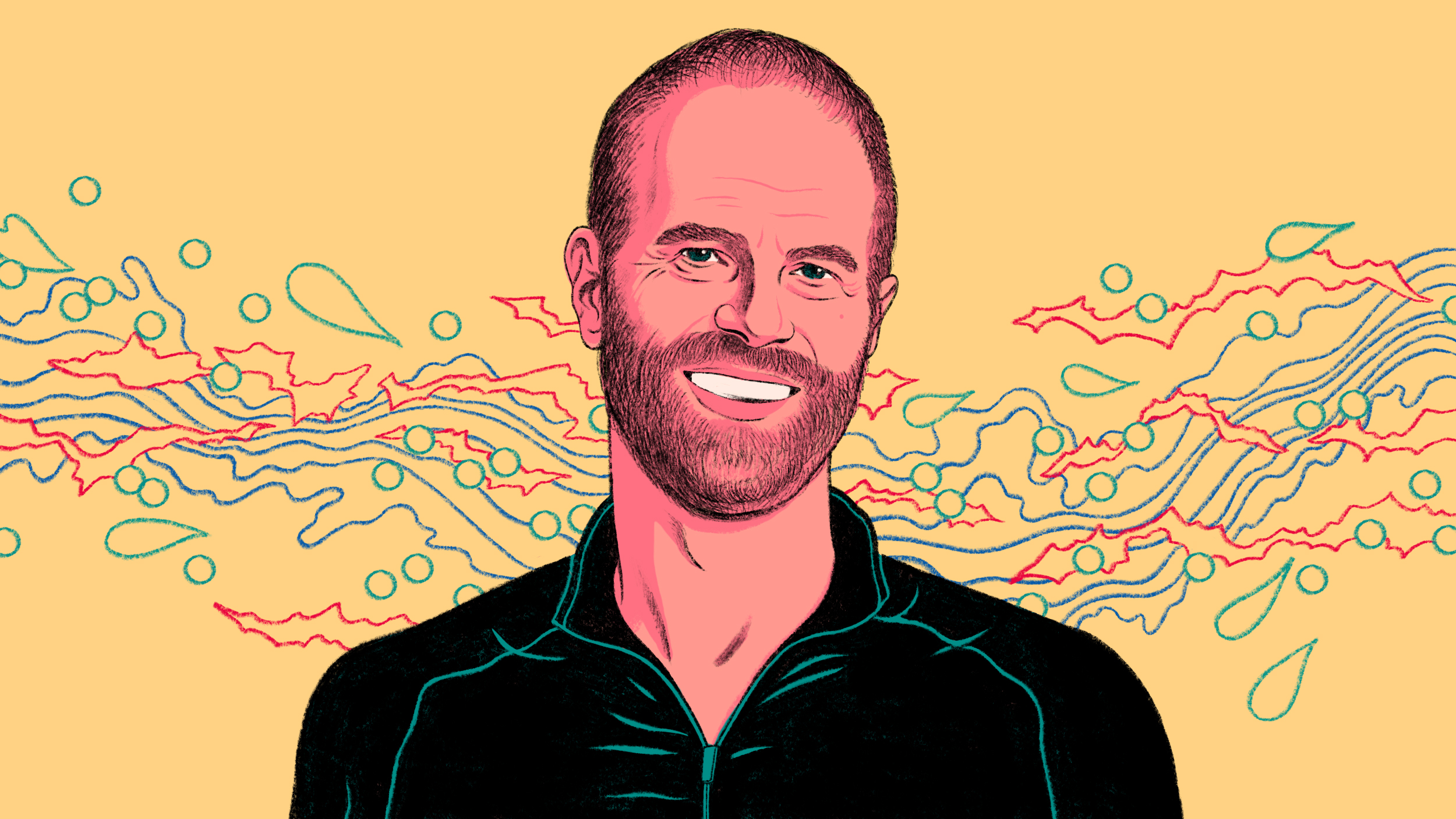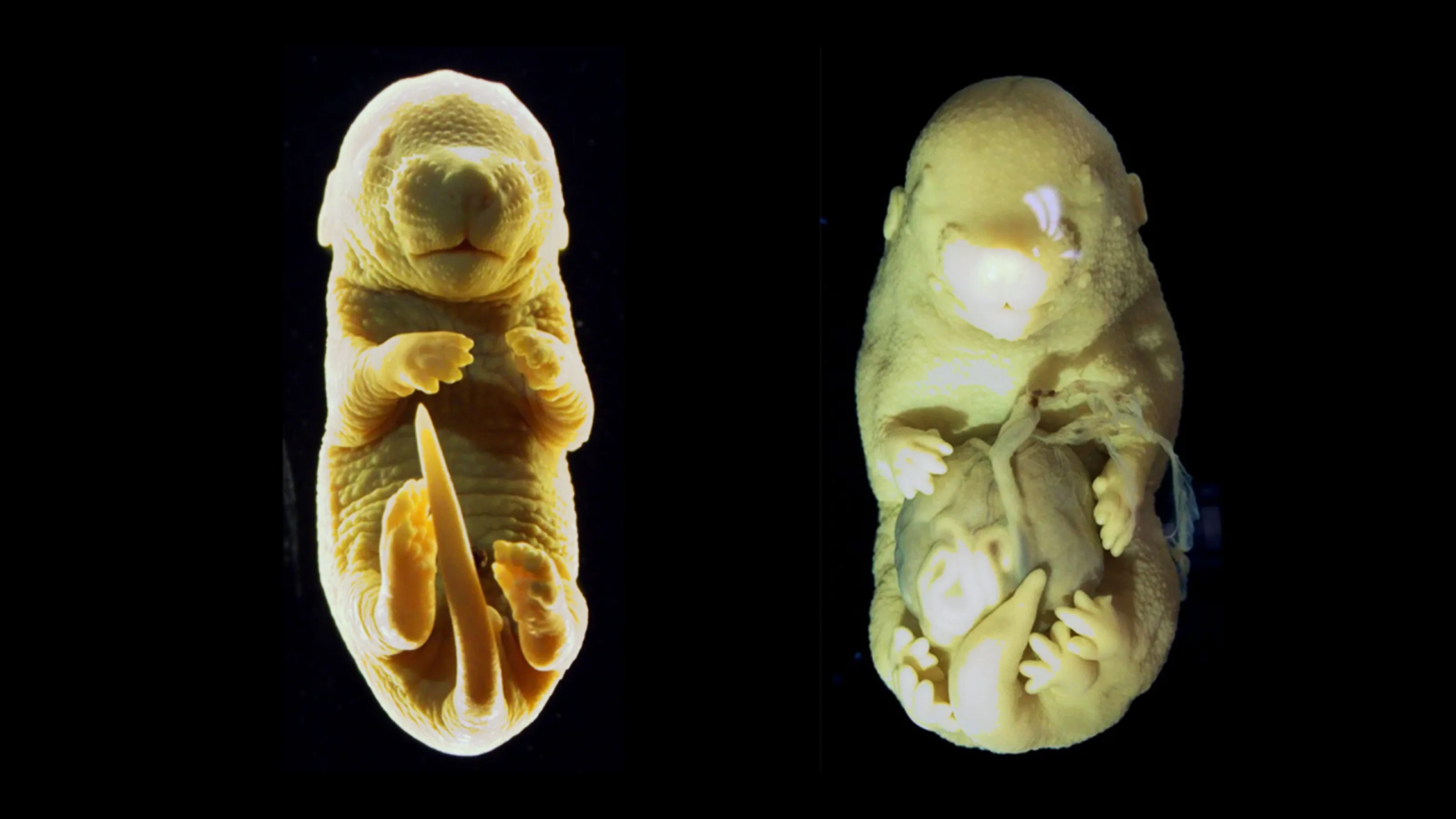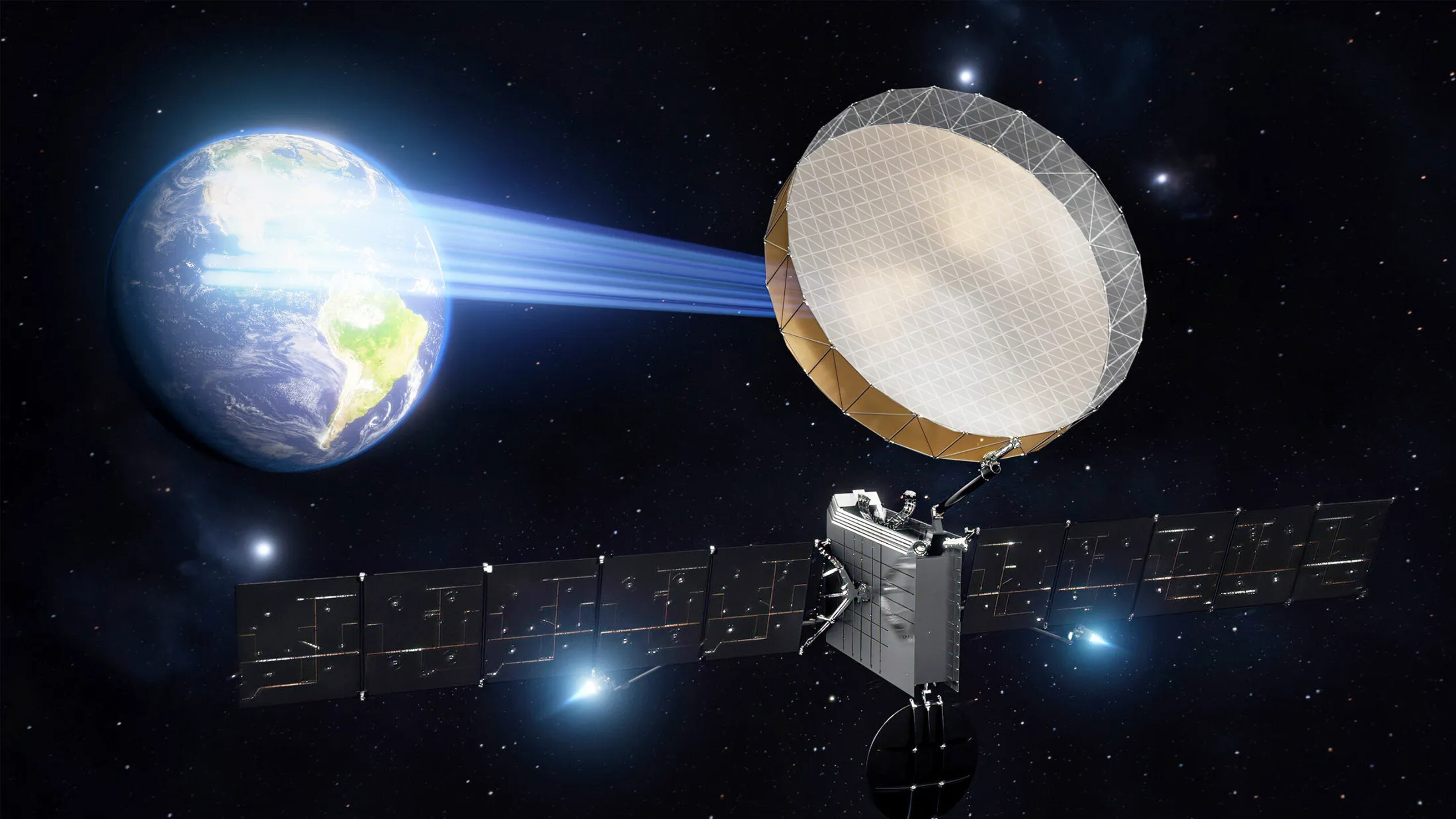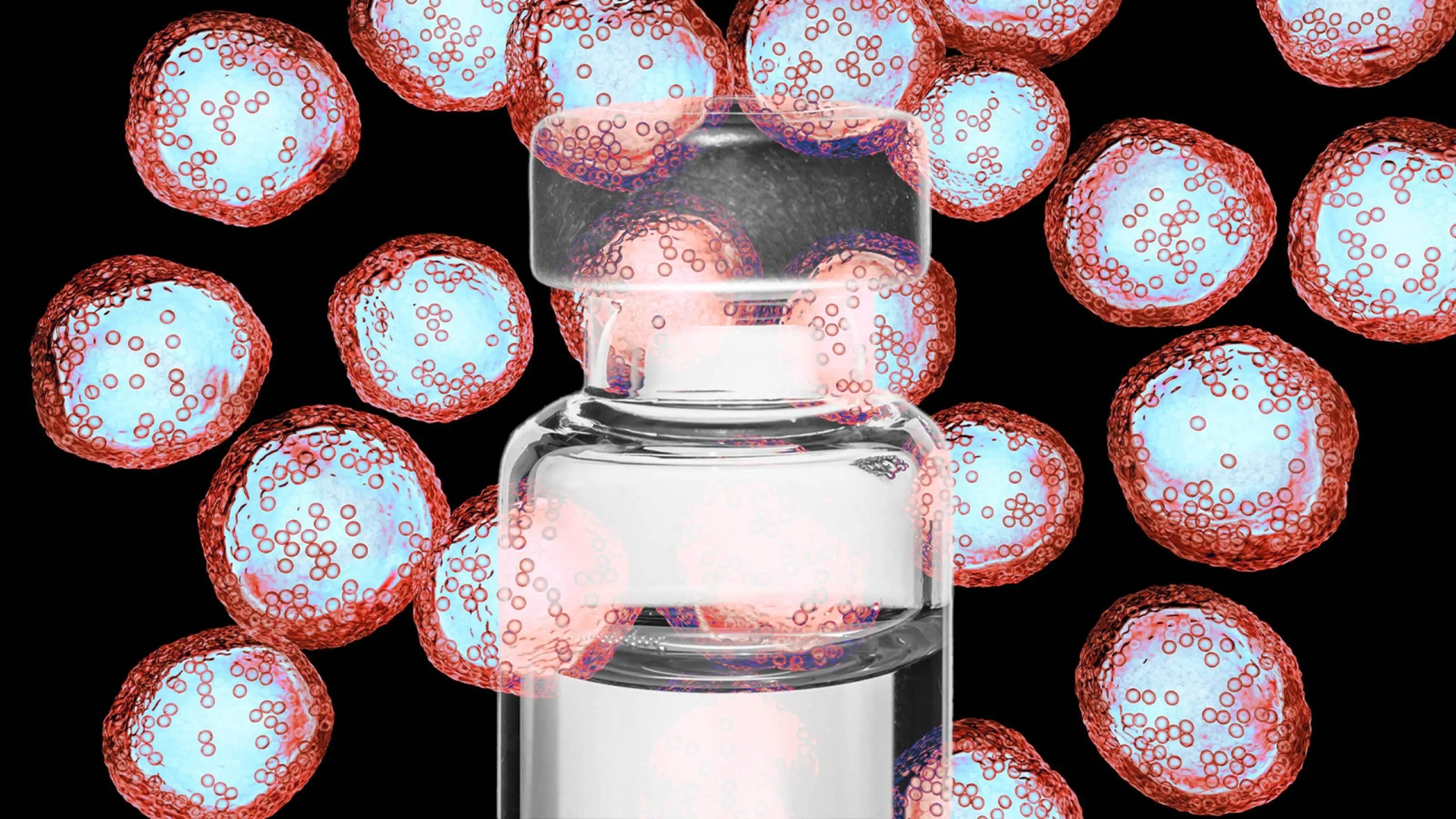“Clean meat” approved for sale in Singapore

Credit: Adobe Stock / Big Think
Singapore faces a problem. The city-state currently imports the bulk of its food from overseas, producing only 10 percent domestically. This state of affairs leaves Singapore in a vulnerable position. An outbreak of disease, for example, could have outsized consequences on the country’s food supply. So could the souring of fruitful political or economic partnerships. Looking into the future, climate change and population growth could see today’s trade-friendly ports shuttered with closed signs as global food supplies become more tenuous.
In light of this reality, Singaporean leaders are doing something drastic and unprecedented for a world government—they’re planning ahead.
Under the “30-by-30” Plan, Singapore aims to produce 30 percent of its food by the year 2030. But unlike the dominant food-producing countries—China, India, the U.S., and Brazil—this tiny island nation lacks the acreage to dedicate to traditional agriculture, so they’ve turned to modern technology. To produce more with less, the Singapore Food Agency is experimenting with rooftop gardens, high-rise hydroponic farms, and high-yield genetic crops.
Singapore is also looking at lab-grown meat as a sustainable, secure alternative to today’s factory farming. In a recent step toward that future, its officials have given regulatory approval to sell lab-grown meat.
3 ethical catastrophes you can help stop, right now | Peter Singer | Big Thinkwww.youtube.com
Eat Just, a company that produces animal-alternative food products, announced the news earlier this week. In what the company is calling a world first, Singapore has given it permission for a small-scale commercial launch of their GOOD Meat brand product line. For the initial run, the cultured chicken meat will be sold as an ingredient in “chicken bites.”
“Singapore has long been a leader in innovation of all kinds, from information technology to biologics to now leading the world in building a healthier, safer food system. I’m sure that our regulatory approval for cultured meat will be the first of many in Singapore and in countries around the globe,” Josh Tetrick, co-founder and CEO of Eat Just, said in a release.
According to the release, Eat Just underwent an extensive safety review by the Singapore Food Agency. It provided officials “details on the purity, identity and stability of chicken cells during the manufacturing process, as well as a detailed description of the manufacturing process which demonstrated that harvested cultured chicken met quality controls and a rigorous food safety monitoring system.” It also demonstrated the consistency of its production by running more than 20 cycles in its 1,200-liter bioreactors.
While Eat Just did not offer details on its propriety process, it likely follows one similar to other lab-grown meats. It starts with muscle cell samples drawn from a living animal. Technicians then isolate stem cells from the sample and culture them in vitro. These cultured stem cells are then placed in a bioreactor, essentially a fermenter for fleshy cells. The bioreactor contains scaffolding materials to keep the growing tissue from falling apart as well as a growth material—the sugars, salts, and other nutrients the tissue needs to grow. As the cells grow, they begin to differentiate into the muscle, fat, and other cells of meat tissue. Once grown, the tissues are formed into a meat product to be shipped to restaurants and supermarkets.

A graph showing the number of animals slaughtered in the United States per year from 1961–2018. Credit: Our World in Data
Singapore’s approval is an important step in support for clean meats—so-called because they don’t require animal slaughter and would likely leave a reduced carbon footprint—but hurdles remain before widespread adoption is possible.
The most glaring is the price. The first lab-grown hamburger was eaten in London in 2013. It cost roughly $330,000. As with any new technology, investment, iteration, and improved manufacturing will see the price drop substantially and quickly. For comparison, Eat Just’s chicken will be priced equivalent to premium chicken.
Other hurdles include up-scaling production, the need for further research, and developing techniques to reliably produce in-demand meats such as fish and beef. Finally, not all countries may be as receptive as Singapore. Countries with large, entrenched meat industries may protect this legacy industry through a protracted and difficult regulatory process. Though, the meat industry itself is investing in lab-grown meat. Tyson Foods, for example, has invested in the food-tech startup Memphis Meats, the company that debuted the world’s first beef meatball.
“I would imagine what will happen is the U.S., Western Europe and others will see what Singapore has been able to do, the rigours of the framework that they put together. And I would imagine that they will try to use it as a template to put their own framework together,” Tetrick told Reuter’s during an interview.
Regardless of the challenges, the demand for meat substitutes is present and growing. In 2020, plant-based substitutes like Beyond Meat and Impossible foods gained a significant foothold in supermarkets as meat-packing factories became coronavirus hotspots. The looming threat of climate change has also turned people away from meat as animal products. Livestock production is environmentally taxing and leaves a much larger carbon footprint than grain and vegetable production.
Then there’s the moral concern of animal cruelty. In 2018 alone, 302 million cows, 656 million turkeys, 1.48 billion pigs, and a gob-smacking 68 billion chickens were slaughtered for meat worldwide. And those figures do not include chickens killed in dairy or egg production.
If brought to scale and widely available, clean meats could become serious competitors to traditional meat. One report has even predicted that 60 percent of the meat people eat by 2040 won’t come from slaughtered animals. It could be just the thing for people looking for a meat substitute but who find tofurkey as distasteful as, well tofurkey.




